- Category
- War in Ukraine
Instead of Backing Trump’s Ceasefire Plan, Russia Killed Over 200 Civilians in Ukraine in April Alone
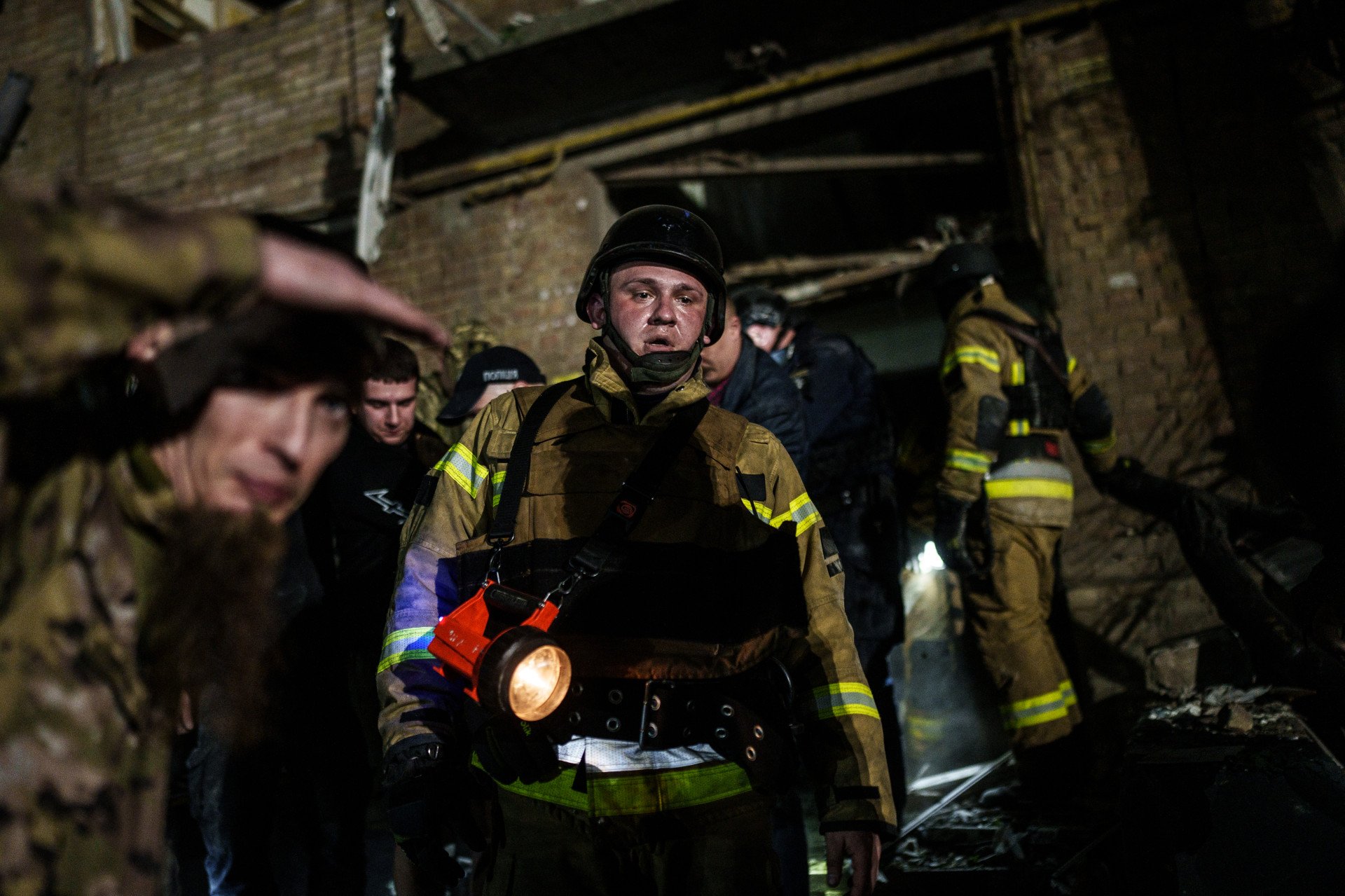
What could have been a pause to build toward peace negotiations became yet another chapter in Russia’s campaign of mass missile and drone strikes on civilians in Ukraine.
In early March 2025, the United States proposed to enact an immediate, interim ceasefire that can only be extended by mutual agreement of the parties. The offer was simple: stop the killing while negotiations continued.
Ukraine agreed. Russia did not.
Instead of peace, Russia launched a brutal nationwide escalation. Russia fired nearly 70 missiles, over 2,200 Shahed drones, and more than 6,000 guided aerial bombs, targeting civilians. One video even captured a Russian drone slamming directly into a residential high-rise in Kyiv. Apartment blocks, playgrounds, power stations—none were spared. Hundreds of civilians in Ukraine were killed or injured.
The result: at least 209 civilians killed and 1,146 injured in April alone, making it the deadliest month since September 2024. Among the dead are at least 19 children.
“This is the highest verified monthly number of child casualties since June 2022,” the UN Human Rights Monitoring Mission in Ukraine (HRMMU) reported on May 8.
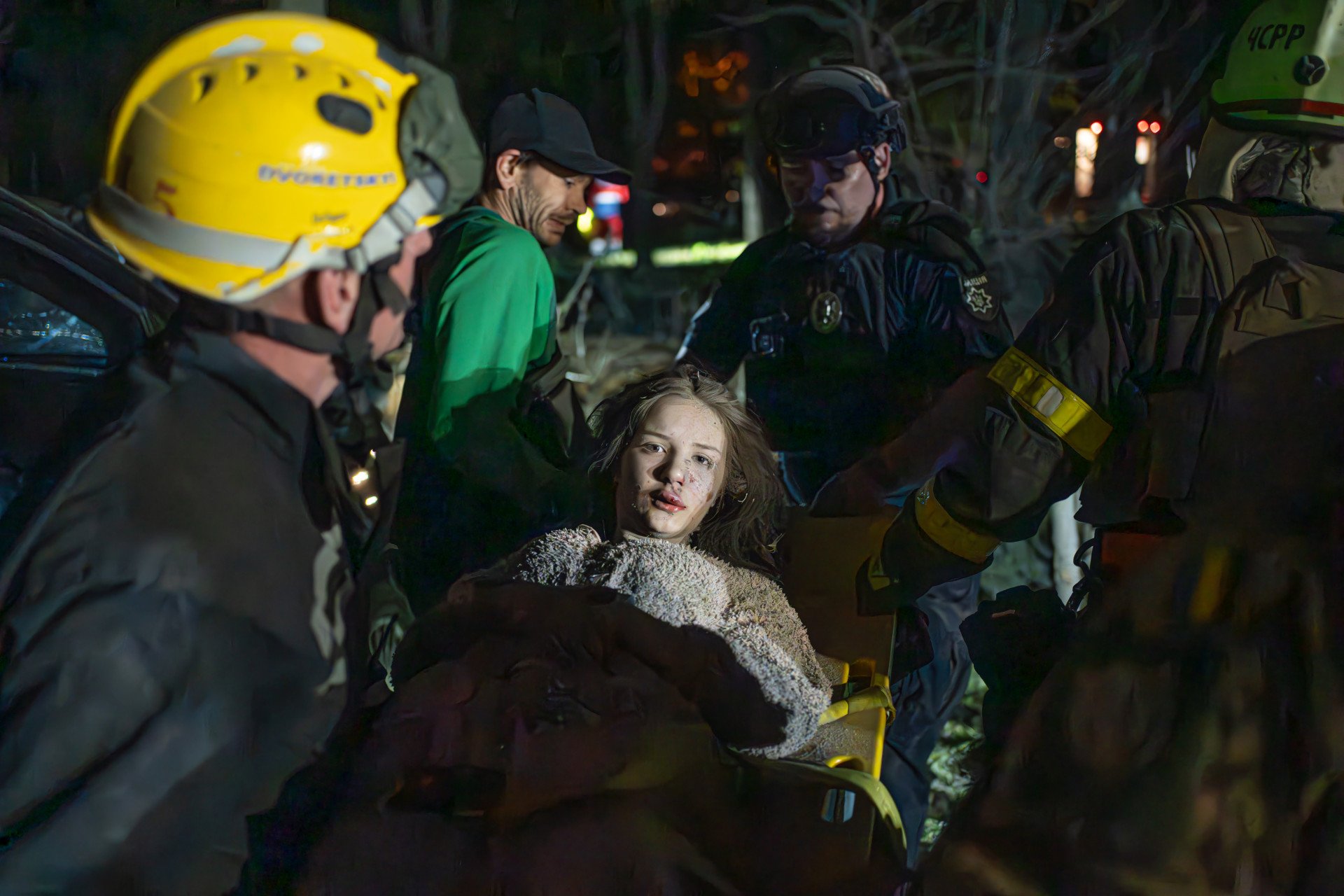
The ceasefire that never came
The US put forward the proposal during talks in Jeddah on March 11. Even though Ukraine unconditionally agreed to the proposal, Russia rejected it, instead demanding conditions, claiming it only benefited Ukraine’s military while continuing to escalate its attacks on civilians. Later that month, a limited truce on energy infrastructure was agreed to.
Since then, Russia has violated the energy ceasefire more than 30 times, striking infrastructure in the regions like Kherson, Mykolaiv, and Poltava “just in the past 24 hours,” said the Foreign Ministry spokesperson Heorhii Tykhyi on April 16.
Overall, Russia’s most destructive recent attacks were:
Kryvyi Rih: A Russian missile hit near a playground, killing at least 20, including nine children, on April 6.
Sumy: A Russian ballistic missile strike killed at least 35 civilians, many out walking after church on Palm Sunday, April 13. Another missile strike on May 6 killed three people, including a child.
Kyiv: Russia’s coordinated strike killed at least 12, injured 90, including children, on April 24.
Kharkiv: A Russian drone volley injured 47, including two children and a pregnant woman, on April 29. On May 2, Russia hit the city with thermobaric Shahed drones, injuring dozens more.
-533d343fcd51b4555a0bab32ff3c26f0.jpg)
Ukraine’s air defenses were overwhelmed by the volume and concentration of attacks. From February 12 to March 12—the 30 days after Trump’s first cease-fire calls—Russia launched 4,694 drones and missiles, compared to 1,873 in the month before, The New York Times reported.
Russia also does not adhere to its own ceasefire proposals. On May 8, the first day of Russian leader Vladimir Putin’s “humanitarian ceasefire” (meant to last until May 10 around Victory Day), Russian bombs hit the Sumy region, killing one civilian.
The same day, Ukrainian soldiers encountered 117 combat engagements along the front line. Despite Putin’s announcement of a May 8–11 ceasefire, intense fighting continued in multiple regions. The Donetsk region saw the heaviest clashes, with Russian forces launching 41 assaults on the Pokrovsk front alone.
The human cost
The UN Office for the Coordination of Humanitarian Affairs (OCHA) recorded 2,641 civilian casualties in Ukraine in the first three months of 2025—nearly 900 more than the same period in 2024. April was one of the worst.
In an earlier report, the UN Human Rights Monitoring Mission (HRMMU) verified 848 civilian casualties from Russian attacks between April 1 and 24—151 killed and 697 injured. A later update revised the toll upward, confirming that at least 209 civilians were killed and 1,146 injured in April overall. Civilian casualties rose 23% from March and 84% compared to April 2024. Russian strikes targeted major cities and frontline communities, often at night, often with drones and missiles designed to inflict maximum terror.
The high number of civilian casualties in April reflects a broader pattern of increased civilian harm in 2025 compared to 2024, HRMMU said. Between January and April 2025, 664 civilians were killed and 3,425 were injured, a 59% increase over the same period in 2024.
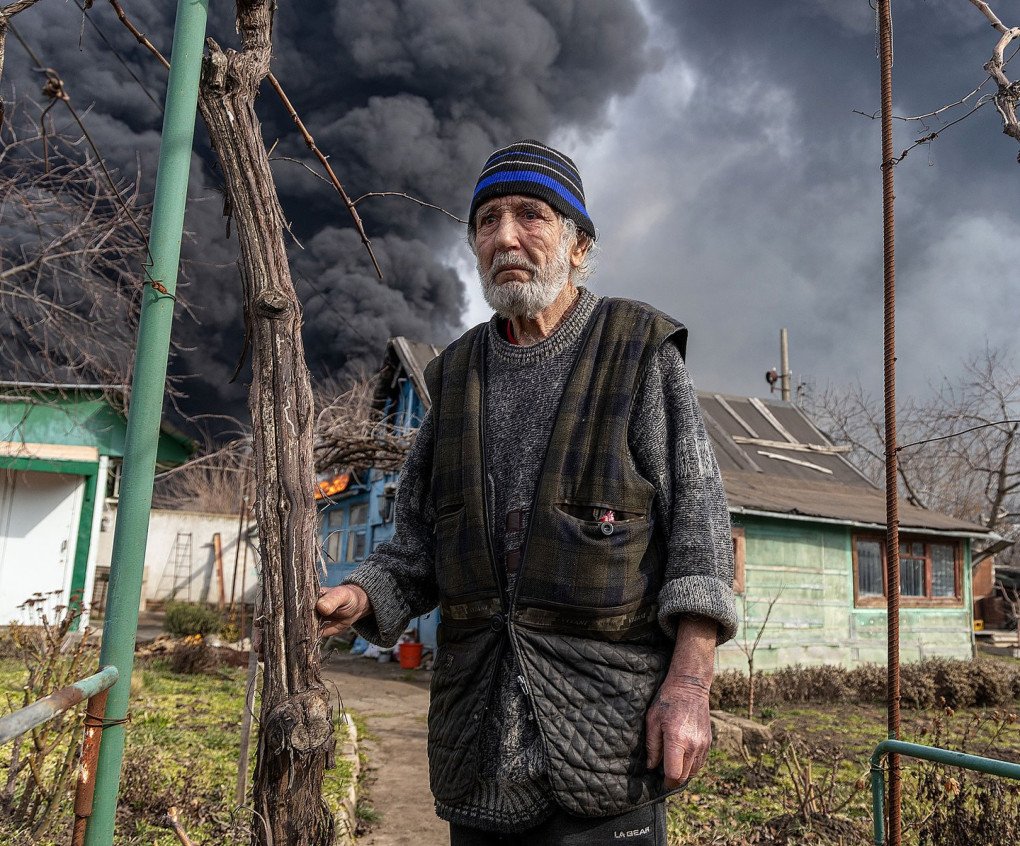
Had the 30-day truce been implemented, hundreds of civilians—children, parents, teachers, the elderly—might still be alive. But in the first three months of 2025, Russia’s continued assault has exacted a devastating toll:
40,000 people were newly displaced during this period, forced to flee frontline regions like Kharkiv, Donetsk, and Kherson.
129 schools were damaged or destroyed in the first three months of 2025 alone.
Healthcare services collapsed under repeated strikes. Women gave birth in basements, amid blackouts and medicine shortages. Overall, Russia has damaged or destroyed over 2,300 Ukrainian medical facilities since 2022.
The OCHA emphasized that not a single day in 2025 has passed without civilian deaths or injuries in Ukraine.
The test Russia keeps failing
The US-led ceasefire initiative was meant to de-escalate and protect civilians, but Russia exploited it to unleash more violence.
But this isn’t new. Since 2014, Russia has repeatedly demonstrated its disregard for ceasefires, with over 30 documented ceasefire violations to date.
-c98d1f1e3d640641bd535d2a6944dee4.jpg)
US Vice President J.D. Vance has said the US will “work very hard over the next 100 days” to bring Russia and Ukraine to the table. But Russia’s continued rejection of diplomacy has left both the US and Ukraine with few options. On April 26, US President Donald Trump suggested that Putin may not be serious about ending the war, writing on Truth Social that Putin “is just tapping me along.”
“What would bother me is if we conclude that the Russians are not engaging in negotiations in good faith,” Vance said.
The Trump-backed ceasefire proposal offered a test: would Russia choose dialogue over destruction? The answer came through missile fragments scattered across playgrounds and people’s homes.
“I think Russia will agree to a 30-day ceasefire,” Trump said during a May 12 press conference at the White House, offering no further detail. He also said he was considering the possibility of participating in the upcoming meeting between Ukraine and Russia, scheduled to take place in Istanbul.
“I will be in Türkiye this Thursday, May 15, and I expect Putin to come to Türkiye as well — in person,” said Ukrainian President Volodymyr Zelenskyy. “I hope that this time, Putin won’t look for excuses for why he ‘can’t’ come.”
On the same day, however, the Kremlin has rejected the proposal to hold direct talks, accusing Zelenskyy of attempting to “shift blame” onto Russia.
“Ukraine is ready for a 30-day ceasefire—even starting today,” Zelenskyy wrote on Telegram, referring to his conversation with Trump. “We are waiting for Russia to agree to this proposal. Ukraine is prepared for negotiations in any format. But for that to happen, Russia must demonstrate the seriousness of its intentions to end the war by beginning with a full and unconditional ceasefire.”
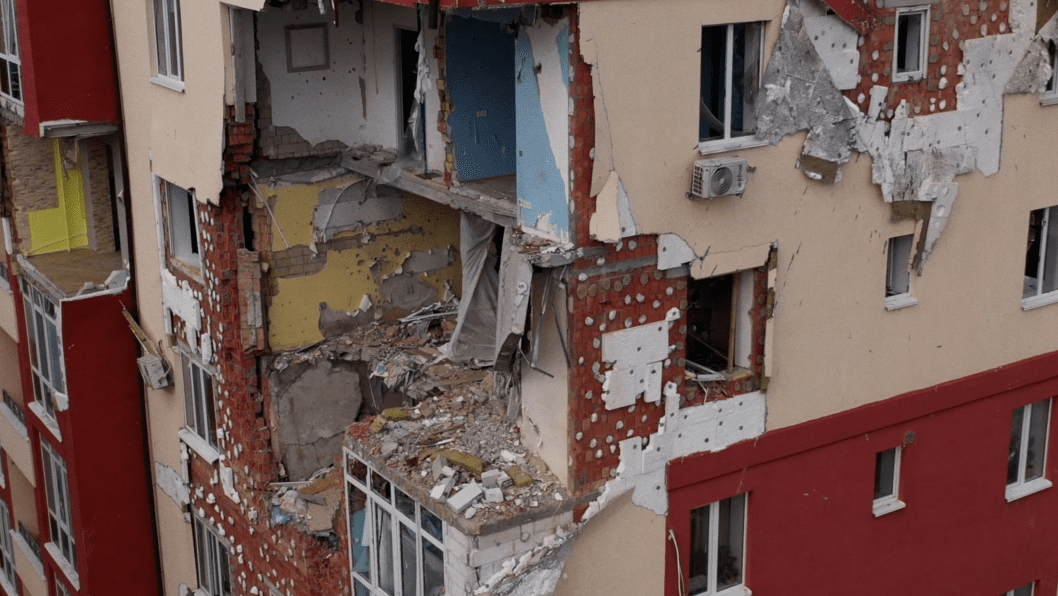

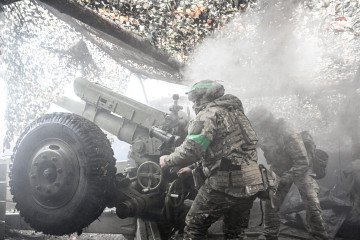
-29a1a43aba23f9bb779a1ac8b98d2121.jpeg)
-886b3bf9b784dd9e80ce2881d3289ad8.png)

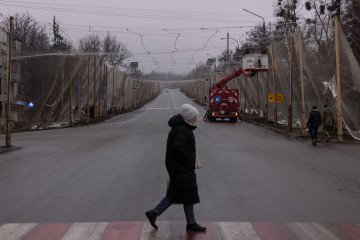
-f88628fa403b11af0b72ec7b062ce954.jpeg)
-b63fc610dd4af1b737643522d6baf184.jpg)
